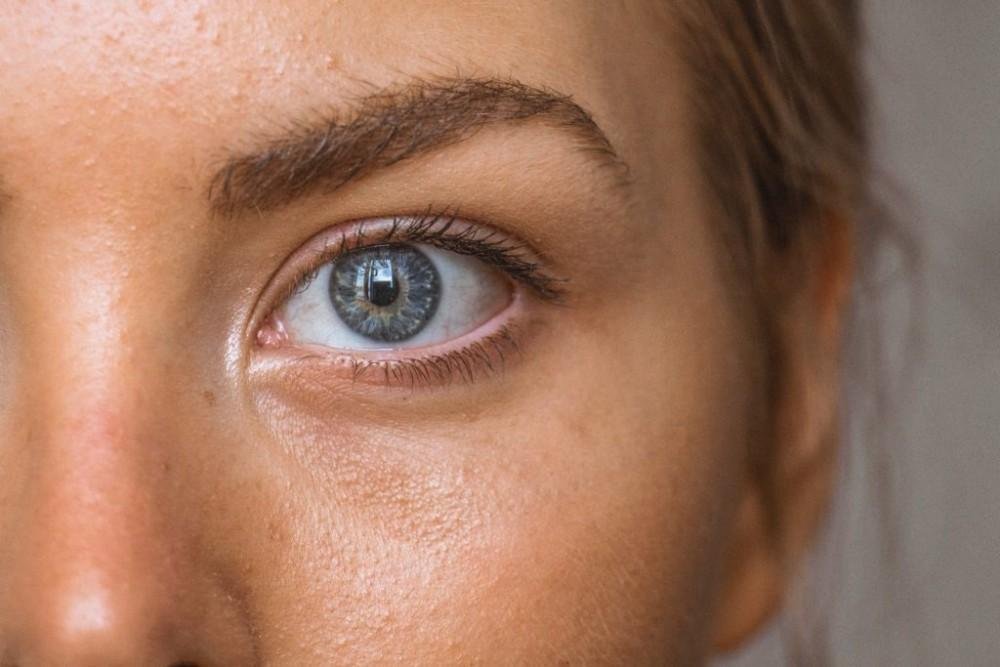LASEK (Laser-Assisted Sub-Epithelial Keratectomy) is a popular laser vision correction surgery designed to treat nearsightedness, farsightedness, and astigmatism. However, not everyone is an ideal candidate. Selecting the right patients based on specific medical and ocular criteria is crucial for achieving safe, effective, and long-lasting results.
This article explains the key medical eligibility factors that determine who is best suited for LASEK surgery, helping patients and doctors make informed decisions.
👁️ Corneal Thickness: A Primary Factor
- LASEK is a surface ablation procedure that removes and then replaces the corneal epithelium without creating a corneal flap, unlike LASIK.
- Because it preserves more corneal tissue integrity, LASEK is often recommended for patients with thinner corneas.
- Minimum corneal thickness for LASEK candidacy is typically around 450 microns, but this can vary depending on the surgeon and individual case.
- Patients with corneas too thin for LASIK often safely qualify for LASEK, as it reduces risks of corneal weakening or ectasia.
🎯 Age Requirements and Vision Stability
- Most surgeons prefer candidates to be at least 18 years old with a stable vision prescription for 1-2 years.
- Vision stability means no significant change in eyeglass or contact lens prescription—usually less than 0.5 diopters annually.
- LASEK can be performed safely in older adults, but patients over 40 should consider age-related changes such as presbyopia and early lens clouding (cataracts).
- A thorough eye exam can determine if LASEK will provide meaningful vision improvement at any age.
🩺 Eye Health Conditions Affecting Candidacy
Suitable Candidates Typically Have:
- No active eye infections or inflammations (e.g., conjunctivitis, keratitis).
- Healthy corneal surface with no scars or dystrophies.
- Normal tear production and no severe dry eye syndrome, since dry eye may worsen temporarily after surgery.
- Absence of progressive corneal diseases such as keratoconus, which contraindicate laser vision correction.
Conditions That May Exclude or Require Caution:
- Autoimmune diseases (e.g., lupus, rheumatoid arthritis) that impair healing.
- History of herpes simplex virus affecting the eyes.
- Severe dry eye syndrome or ocular surface disease.
- Uncontrolled diabetes or other systemic diseases affecting eye health.
- Pregnancy or breastfeeding (hormonal changes may affect vision stability).
🏥 Refractive Error Range
- LASEK effectively treats mild to moderate myopia (nearsightedness), hyperopia (farsightedness), and astigmatism.
- Typically, LASEK can correct up to:
- Myopia: -6.00 diopters
- Hyperopia: +3.00 diopters
- Astigmatism: up to 3 diopters
- Higher refractive errors may require alternative or adjunctive procedures.
🤔 Lifestyle and Occupational Considerations
- Patients with active lifestyles or jobs involving physical contact (e.g., military, athletes) may benefit from LASEK over LASIK due to the absence of a corneal flap.
- Those who cannot tolerate contact lenses or glasses may be motivated candidates.
- Realistic expectations about recovery time and postoperative care are important, as LASEK recovery tends to be slower than LASIK.
Summary Table: Ideal LASEK Candidate Criteria
| Criteria | Ideal Candidate Profile |
|---|---|
| Corneal Thickness | ≥ 450 microns; thin corneas suitable |
| Age | ≥ 18 years; vision stable for 1-2 years |
| Eye Health | No active infections, keratoconus, or severe dry eye |
| Refractive Error Range | Mild to moderate myopia, hyperopia, and astigmatism |
| Lifestyle Considerations | Active jobs or sports, intolerance to contacts/glasses |
Final Thoughts
Choosing LASEK depends on a comprehensive evaluation of your eyes and overall health. By understanding the medical criteria and discussing your specific situation with a qualified ophthalmologist, you can determine if LASEK is the right procedure to improve your vision safely and effectively.




